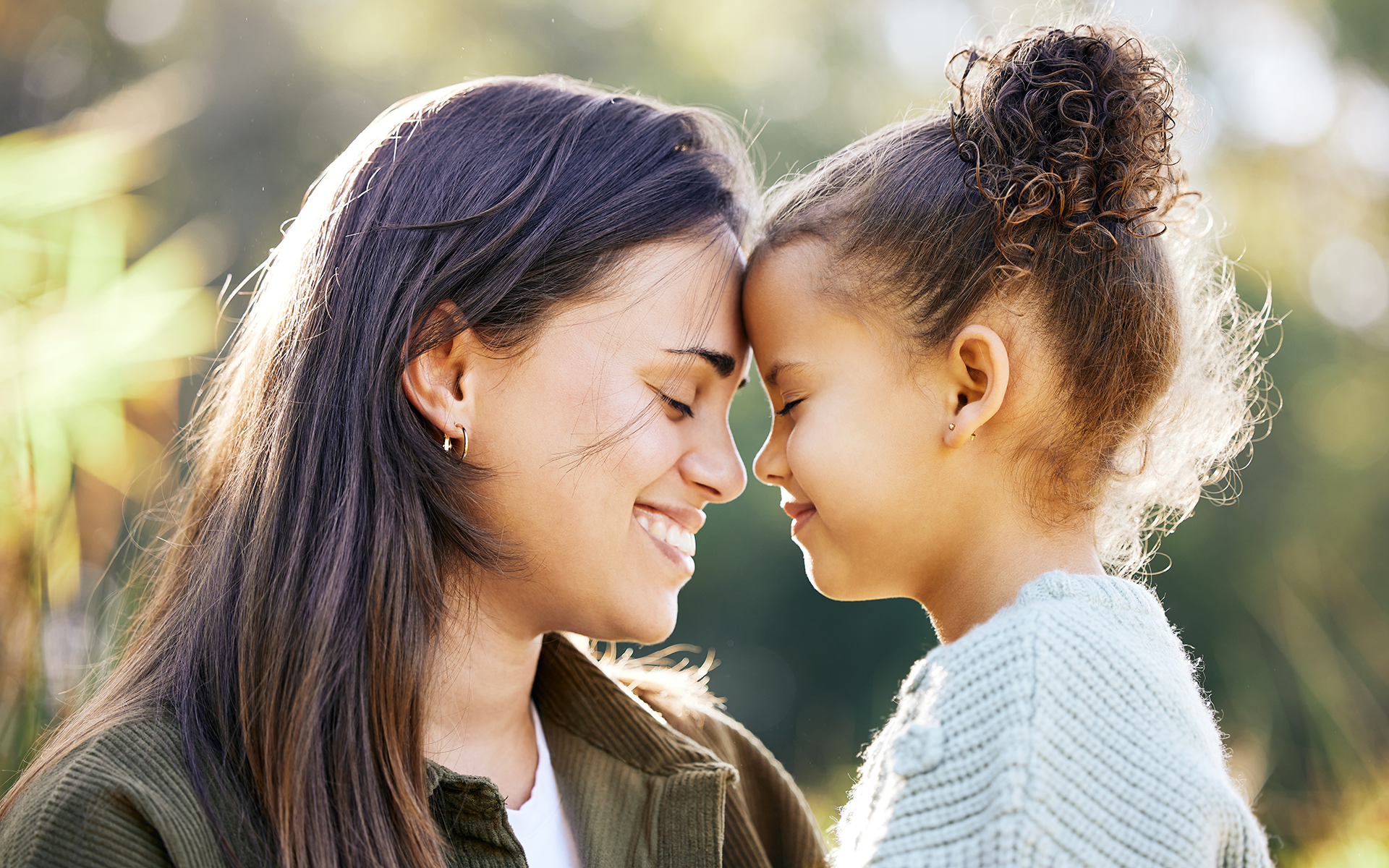The idea of wearing a mask has become polarizing and politicized for some. As a doctor specializing in pulmonary health, I know the mask is a key part of decreasing the spread of COVID-19, along with washing hands, and maintaining six feet of distance from others. I also know the mask can be, for some, suffocating in literal and figurative senses.
The breath itself, a common anchor of attention in mindfulness practice, can be triggering. My patients, and some physicians that I lead in awareness of breath practice, tell me that focusing on their breath makes them even more anxious, and short of breath. My patients oftentimes have underlying lung disease that already takes their breath away. The sensation of air hunger, this need to take in more air, but you cannot, no matter how hard you try, is a terrifying experience. Using breath as an anchor has the potential to magnify this sensation. Perhaps even more so with a mask. And perhaps more so with the murder of George Floyd, and the dehumanizing way in which his breath was taken away.
The breath itself, a common anchor of attention in mindfulness practice, can be triggering.
Focusing on the breath can become overwhelming, rather than self-compassionate. How do we recognize and honor the spectrum of experiences surrounding the breath and the masked breath?
The Physiology of Breathing
Humans without intrinsic lung disease usually have exhales twice as long as inhales. For those with obstructive lung disease such as asthma or chronic obstructive pulmonary disease (COPD), during exercise or in times of stress and anxiety, breathing rate increases, leading to dynamic hyperinflation.
Dynamic hyperinflation is when the air of the inhale does not have enough time to be fully expelled during the exhale because the airways are more easily collapsible. This leads to more and more volume of the inhaled breaths accumulating behind the collapsed airway, leading to the sensation of needing to take more, faster breaths, all while the fresh inhale breath has less and less space to fill. It is a vicious cycle.
We can interrupt this cycle by first noticing the sensation, and then by breathing with intention, lengthening our exhales through pursed lips. This allows stagnant air to be released, making more room for fresh inhaled breath by opening the airways. This type of breathing also activates the vagus nerve—our rest and digest, parasympathetic nervous system driver.
This kind of pursed-lipped breathing, used by those with lung disease, can also be used to calm feelings of anxiety and stress, particularly if wearing a mask brings on sensations of physical discomfort, and mimics the sensations of air hunger.
Try This Mindful Masking Practice
1. With washed hands, fold the mask in half so that the side that touches your face is on the inside, the two halves meeting each other, while the outside remains on the outside for you to touch.
2. Notice the appearance of the mask. Color? Any designs? Other adjectives used to perceive the mask with your eyes?
3. Notice the feel of the mask. Can you rub the outsides of the mask between your fingers and notice the sensations? The texture?
4. Hold the mask up to your ear and notice sounds when you rub the mask between your fingers. What do you hear?
5. Slowly, with intention, tie the mask around your head, or place one ear loop on, guiding the mask over your mouth and nose. Then guide the other ear loop on the other ear (or tie the mask to your face).
6. Notice sensations where the mask touches your face. What do you smell?
7. Notice the breath at the nostrils while masked. Noticing perhaps a warmer sensation of the exhale breath as it spreads inside your mask.
8. Any other body sensations, emotions, thoughts coming up for you?
9. Take a breath through the nose as if you were smelling roses, and exhale through the mouth as if you were blowing out birthday candles. See if you can lengthen the duration of the exhale more than two times longer than the inhale. Repeat this three times.
10. Notice the breath once again at the nostrils, this time not trying to change the breath, simply noticing.
11. What body sensations, emotions, thoughts are coming up for you now?
12. With intention, carefully removing the ear loops or ties, folding the mask again in half, inside half touching the other inside half, placing it in a place where it can be kept clean.
The mask can simultaneously be perhaps uncomfortable for the wearer, and yet be a simple act of compassion for others. We can hold space for the gratitude of being able to breathe, even if the sensations of breathing have changed with a mask. We can choose to see the mask as a protector, as a sign of common humanity, as a sign of respect, that we are all vulnerable to communicable diseases. We can mask and protect together.
Read More
5 Guided Meditations to Investigate Panic and Anxiety
The idea of reconnecting with the outside world right now can be stressful and overwhelming. Explore these five guided meditations for softening feelings of anxiousness and calming panic.
Read More
5 Lessons to Remember When Lockdown is Lifted
If we remember the importance of resilience, gratitude, and doing with less, we can move forward with a new sense of purpose.
Read More









